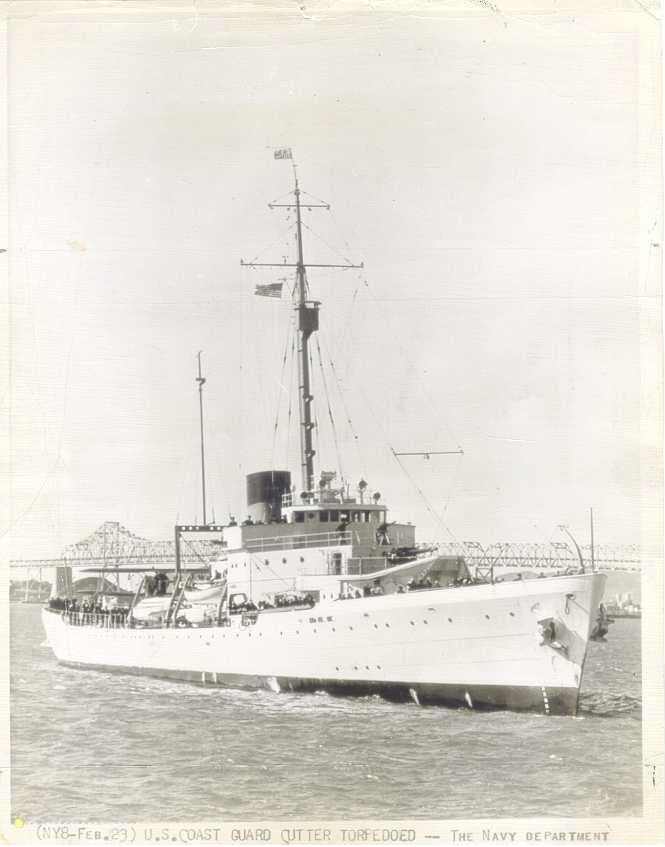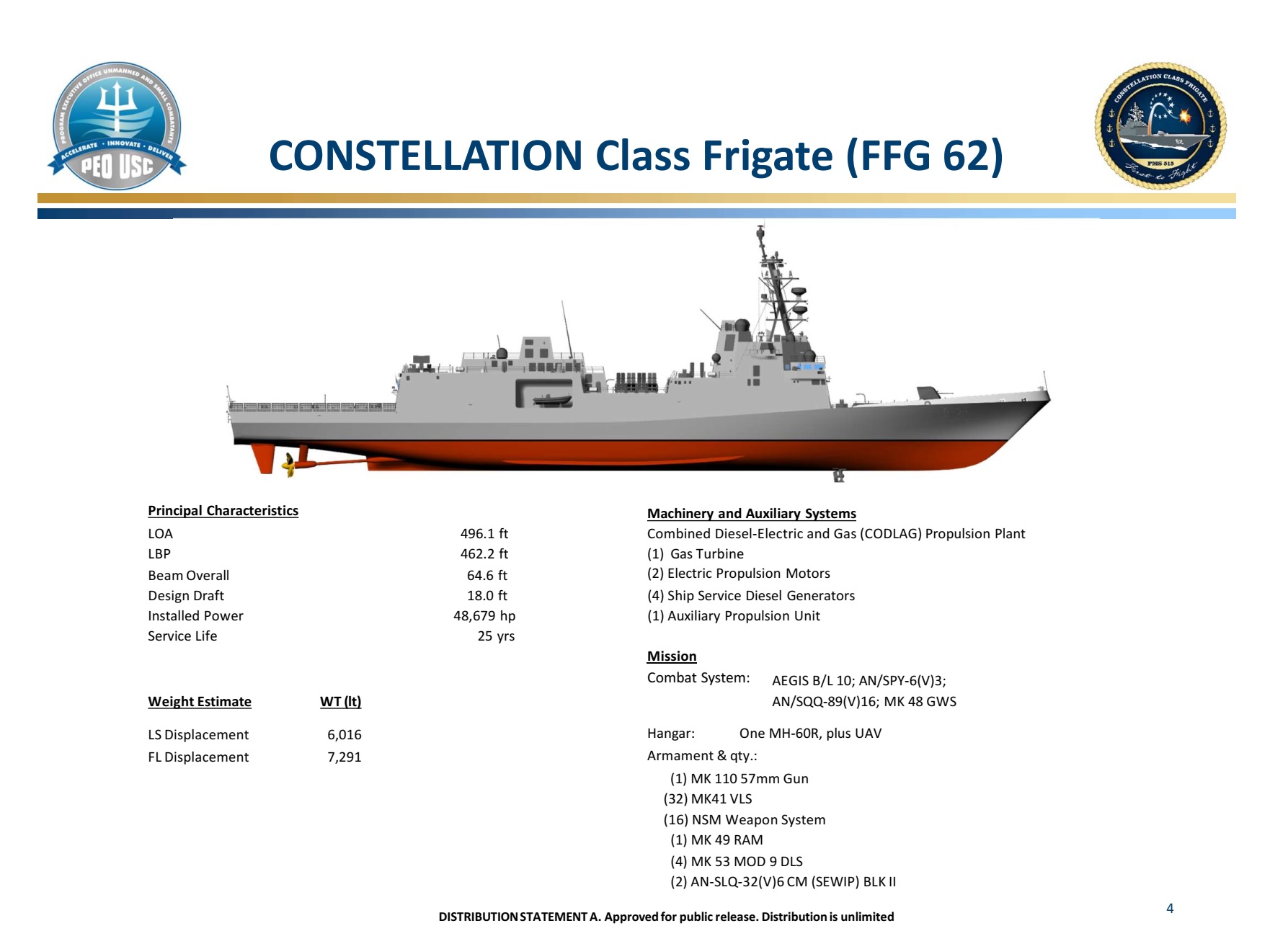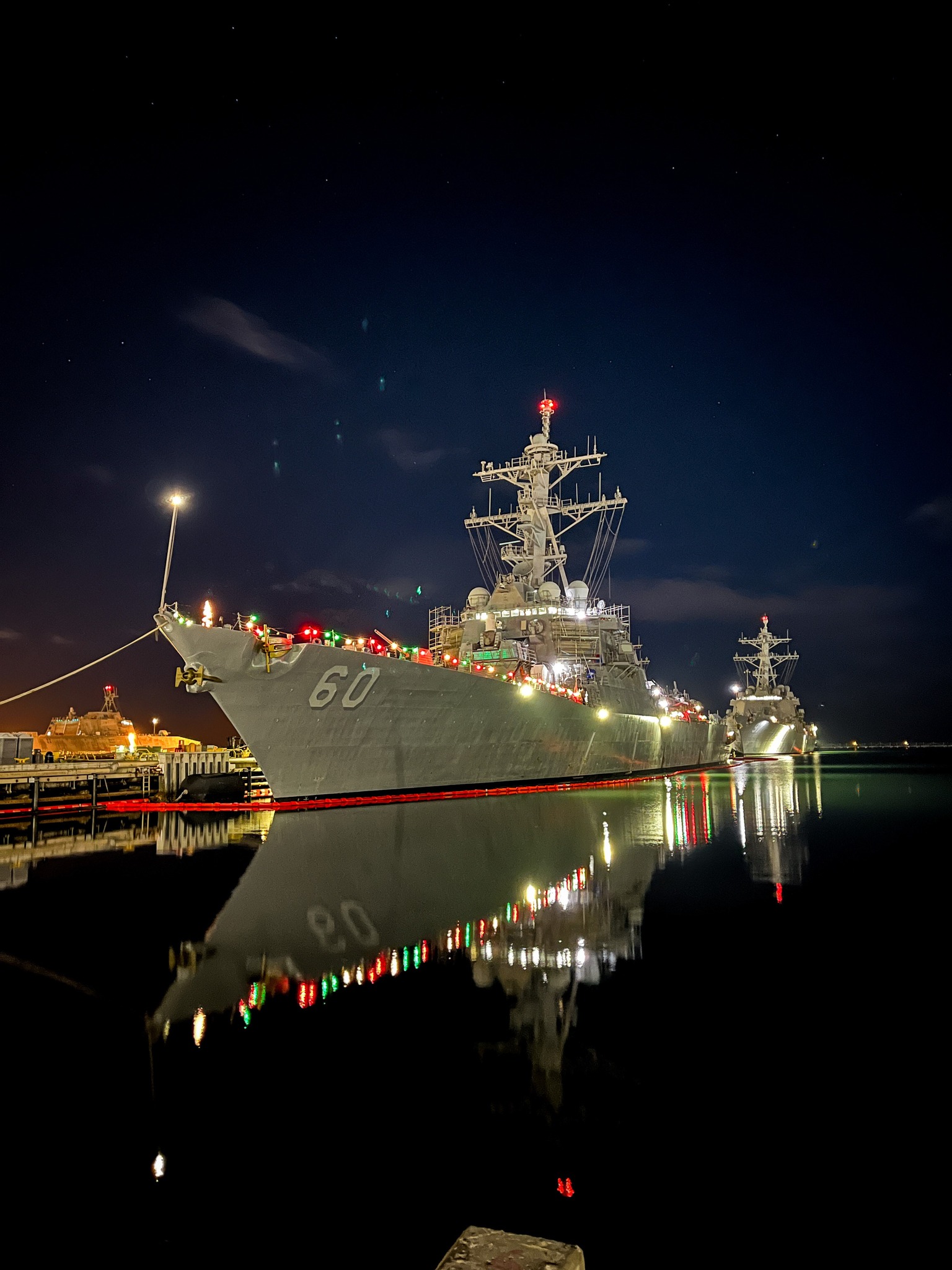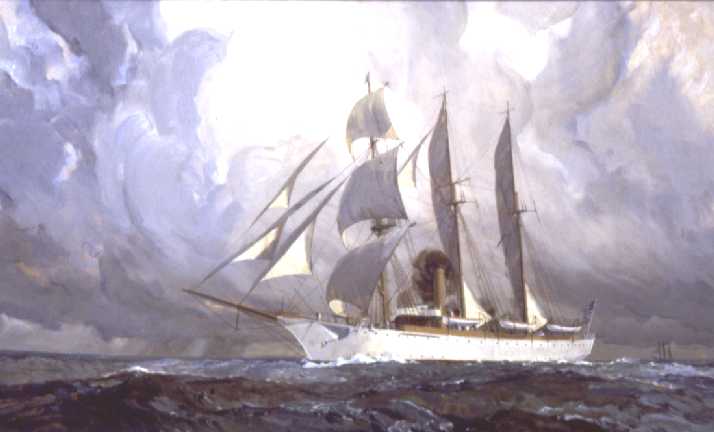Confusing Frigate Developments
Thursday’s contracts included an order for two more Constellation class frigates. Emphasis mine:
Marinette Marine Corp., Marinette, Wisconsin, is awarded a $1,044,529,113 fixed-price incentive (firm-target) modification to previously awarded contract (N00024-20-C-2300) to exercise options for detail design and construction of two Constellation-class guided-missile frigates, FFG 66 and FFG 67. Work will be performed in Marinette, Wisconsin (51%); Camden, New Jersey (17%); Chicago, Illinois (7%); Green Bay, Wisconsin (4%); Pittsburgh, Pennsylvania (3%); Hauppauge, New York (3%); Sturgeon Bay, Wisconsin (3%); Cincinnati, Ohio (3%); Kaukauna, Wisconsin (2%); Charlotte, North Carolina (2%); Bethesda, Maryland (2%); Millersville, Maryland (2%); and Atlanta, Georgia (1%), and is expected to be completed by April 2030. Fiscal 2024 shipbuilding and conversion (Navy) funds in the amount of $1,044,529,113 will be obligated at time of award and will not expire at the end of the current fiscal year. Naval Sea Systems Command, Washington, D.C., is the contracting activity.
So far, we have the USS Constellation (FFG 62), USS Congress (FFG 63), USS Chesapeake (FFG 64), and USS Lafayette (FFG 65), all echoing traditional early Navy names.
This comes as our beloved SECNAV (here comes the Navy ship naming convention soapbox) announced that the future FFG 66 will be named…USS Hamilton.
Now don’t get me wrong, there have been a couple of Hamiltons on the Navy List in the past, both named for the Madison’s SECNAV that served during the first part of the War of 1812: the current Arleigh Burke-class guided-missile destroyer USS Paul Hamilton (DDG 60) and the Wickes-class destroyer/fast minesweeper USS Hamilton (DD-141/DMS-18/AG-111) that served from 1919 through 1945.
However, this will not be for Paul Hamilton, but instead for Alexander Hamilton, the Army artillerist who was the first Secretary of the Navy and the guy generally seen as the father of today’s Coast Guard.
The reason this hoses me off is because of the Coast Guard’s long history with the name including a brand-new National Security class cutter USCGC Hamilton (WMSL-753) that was commissioned in 2014, the Vietnam/Cold War era 378-foot class leader USCGC Hamilton (WHEC-715) that served from 1967 to 2011, the Treasury class 327-foot cutter (WPG-34) which was sunk by a U-boat in WWII, as well as circa 1921, 1871, and 1830 cutters that carried the name.

BLACK SEA (April 30, 2021) U.S. Coast Guard members conduct boat and flight procedures on the USCGC Hamilton (WMSL 753) with Turkish naval members aboard the TCG Turgutreis (F 241) in the Black Sea, April 30, 2021

USCGC Alexander Hamilton (WPG-34) departs Boston for a Neutrality Patrol off the Grand Banks in November of 1939
Once the future USS Hamilton (FFG 66) joins the fleet, it will cause tactical confusion in the respect that there is already a San Diego-based destroyer USS Paul Hamilton (DDG 60), and the frigate-sized USCGC Hamilton (WMSL-753).
Surely, there is no shortage of traditional early U.S. Navy names that can be recycled without both ripping off the Coast Guard and causing confusion down the line. Perhaps there could be an 11th USS Ranger, ninth USS Hornet or USS Dolphin, eighth USS Lexington, seventh USS Shark, sixth USS Franklin, USS Ticonderoga, USS Hancock, or USS Concord, or fourth USS Valley Forge? Just saying.
Or, how about this: the USS Benjamin Stoddert, after the first SECNAV? Only two ships have carried it in the past– DD-302 and DDG-22– and it has been missing from the Navy List since 1991?
But then again, ole Ben Stoddart doesn’t have a hit Broadway musical to his credit.




There has not been an England since 1994 but there should always be. This would be an easy choice if tradition is observed.